First of all – choose what coloring material you would like to use. There are lots of coloring materials to choose from like: crayons, colored pencils, markers, soft and oil pastels, and many more. It’s your choice which media you’ll be comfortable in.
Crayons
Let’s first start with using crayons. It’s usually one of the first coloring material introduced to little children because it’s perfect for kids to use since there’s jumbo sized ones that they can easily handle without breaking it in half. It’s also a great material for bigger kids and even grown-ups because it has a wide range of colors to choose from.
Here are some tips on using crayons for effects in coloring:
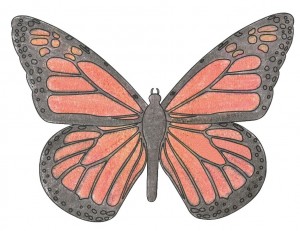
You can start with a light layer of the color you want to use first. Then you can cover that with darker or lighter color to add life to your drawing, just like the wings on this butterfly.
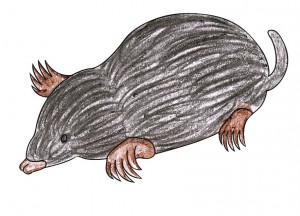
Then you can also create a texture effect.
Just cover the drawing with a light stroke first then follow with rough, think strokes to serve as details / texture.
This can also be applied when you’re using colored pencils.
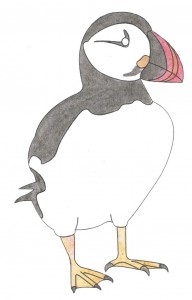
And you can also create a light, smooth look with crayons.
Just color your drawing with very rough and thick strokes (this might make the drawing look messy at first) then rub off the excess color with cotton or scratch paper.
Colored Pencils
Colored Pencils is one of the easiest media to handle since they’re pencils and you can control your strokes well. There are also a lot of available colors to choose from.
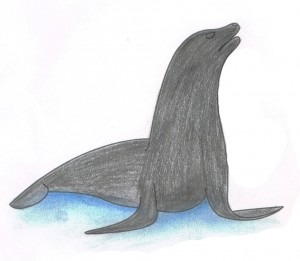
First, cover the entire drawing with light strokes. Then, you can proceed with the thick lines to add texture and effect to your drawing.
You can also add some more details in your drawing like this one. Soft pastel was used for the blue shadow-effect.
There’s also a kind of colored pencils that’s called water-coloured pencils. The way of application is just the same as colored pencils. However, with this media you can achieve a watercolor effect by dipping a brush in water and brushing along the colored areas with it.
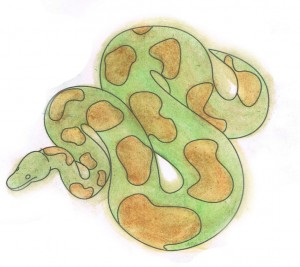
It’s actually a fun media to try especially if you want to use a watercolor but find the mixing with water hard. It’s easy to use as well.
Colored Markers
If you want a clean and bold look for your picture, you can use colored markers for the color. It has a wide variety of colors and you can choose between fine tipped ones and broad tips depending on your needs. There are also refillable markers where you can just purchase ink whenever it dries up or loses its color.
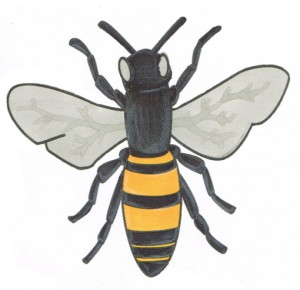
It’s also an easy material to use. You just have to apply a single coat on the drawing. You can also add some more details using either a white colored pencil or a white inked pen.
Soft Pastels
Soft Pastels are interesting media to work with. It can also be fun for you can use your own fingers to apply the color or you can use a brush or cotton balls.
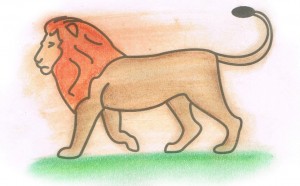
Just outline the drawing with your chosen color and smudge it with your finger, brush or cotton. You can achieve a soft, hazy look with this just like the one in the picture. Plus, you can actually erase smudges using eraser.
For a much lighter effect, you can mix a small amount of soft pastel with baby powder and apply it with cotton balls. This technique is usually used for gradient backgrounds.
Lastly, enjoy your work! You can keep it in your portfolio folder or hang it on your wall.
There are still a lot of ways to use coloring materials in order to give life to your drawings. Just don’t be afraid to explore.